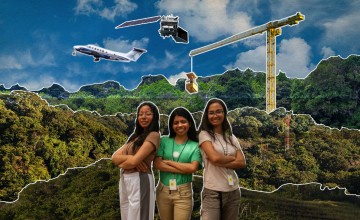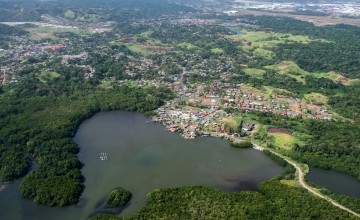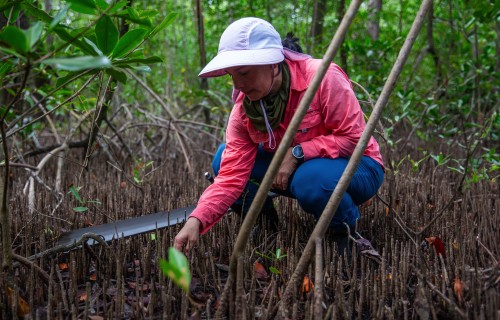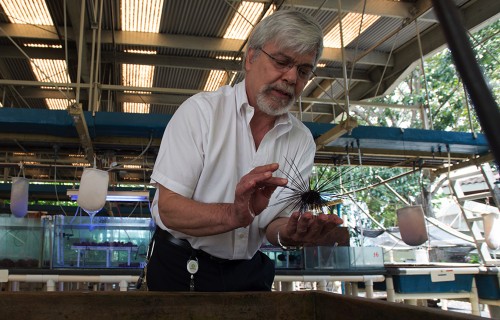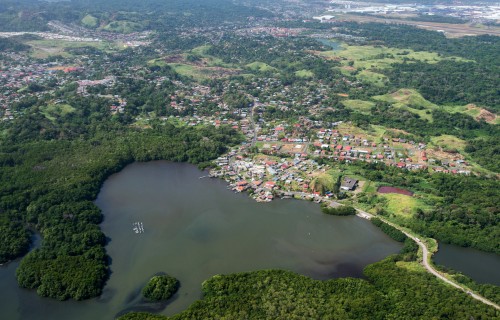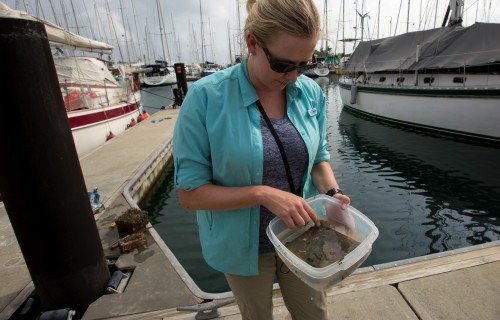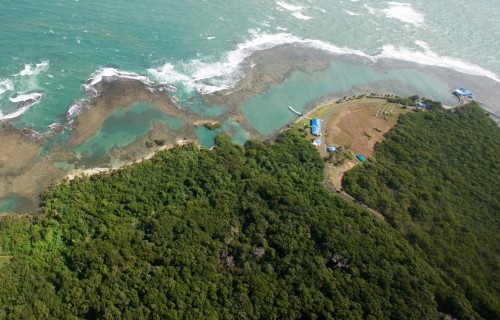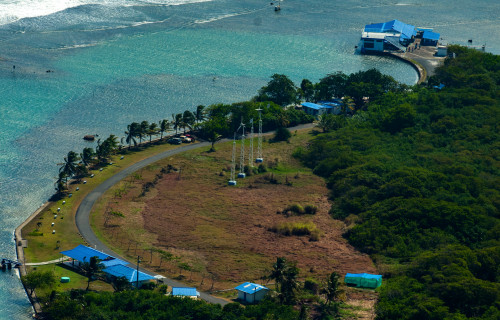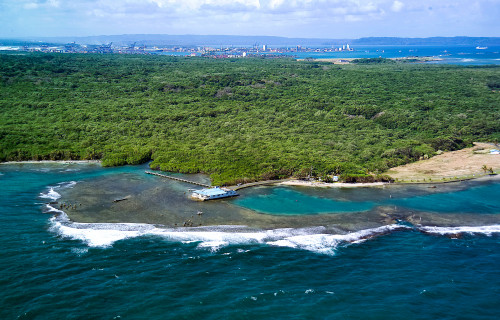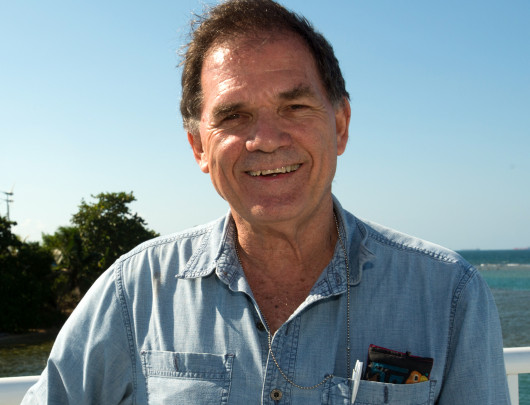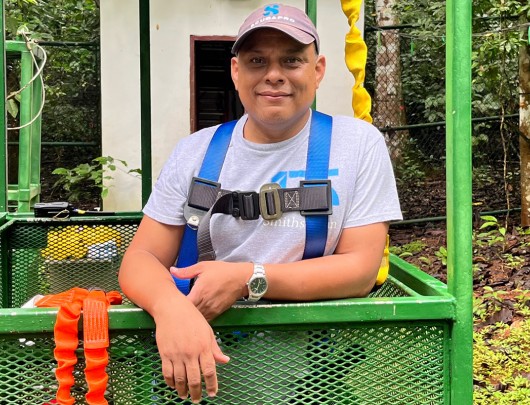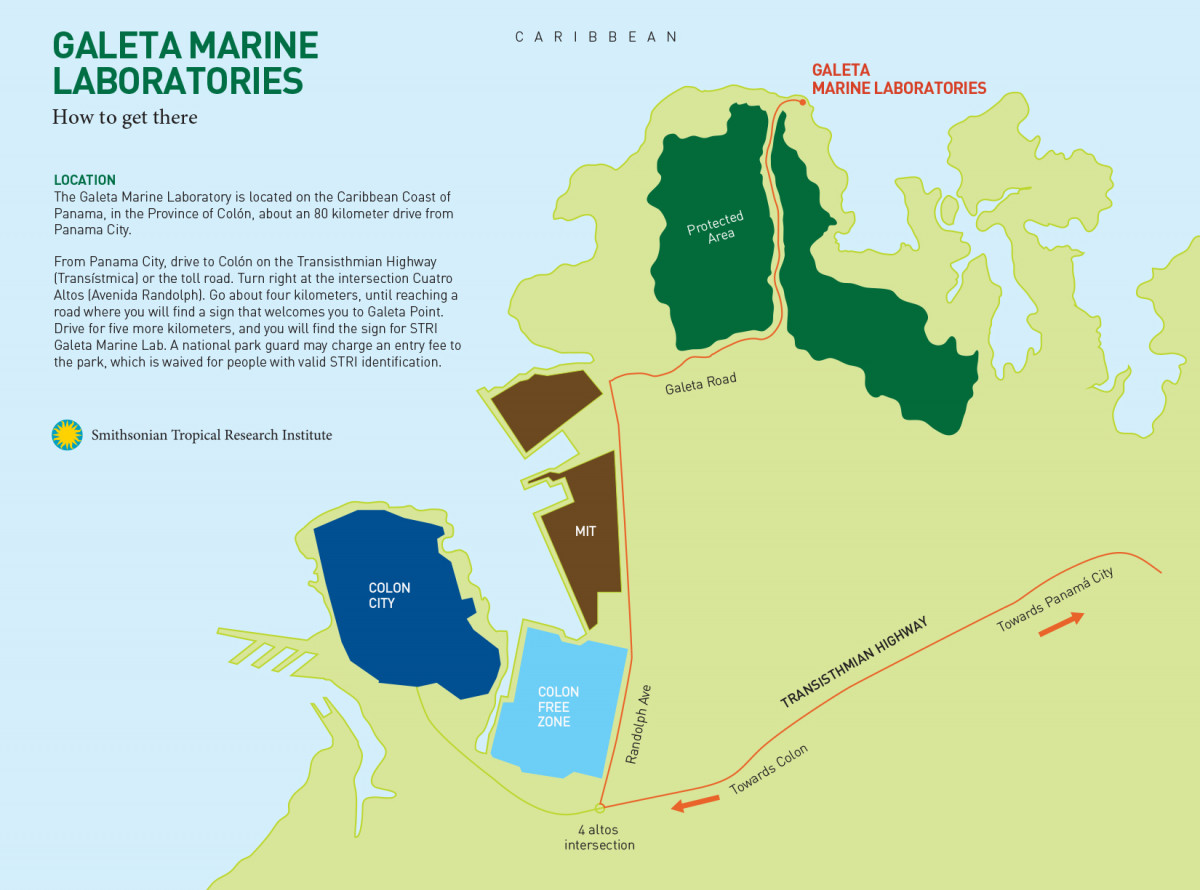




You are here
Punta
Galeta
Marine Laboratory
A Caribbean sanctuary
beside a booming commercial hub
Projects and Stories
Seminars
Currently, we have no upcoming seminars. For more information click here.
Surrounded by mangrove forests, seagrass meadows and coral reefs, Galeta became STRI’s first Caribbean marine lab in 1964. The protected island near the entrance of the Panama Canal was the site of an extensive study of a marine oil spill. Today, the station is especially well-situated for the investigation of urban and industrial encroachment on coastal ecosystems in the tropics. The station is an important outreach facility for Colón, Panama’s second-largest city.
Research
Data on marine biota and the physical environment have been collected for more than four decades at Galeta. Long-term work includes studies of Caribbean mangroves, invasive species, termites and social wasps. More recently the site has been used to monitor and study the arrival of the invasive lionfish to the southern Caribbean. STRI scientists also helped create a management plan at Galeta that encompasses research, education and ecotourism that will allow joint use of land in the area by STRI, Panama's environment ministry and universities.
Note: The Punta Galeta Marine Laboratory is closed to the public. We invite you to check our webpage for updates.
Science in Action
Why is NASA studying
tropical ecosystems?
Understanding Panama’s blue carbon stock
STRI-McGill field course weaves together natural history, social science, tropical ecology, and cultural exchange
Scientists catch the suspect in long-term marine murder mystery
Long-term consequences of coastal development as bad as an Oil Spill on Coral Reefs
The positive side
of fouling communities
Punta Galeta, where sea
and earth coexist
Ira Rubinoff,
Emeritus Director,
retires from STRI
Colon's growth encroaches
on Galeta buffer zone: report
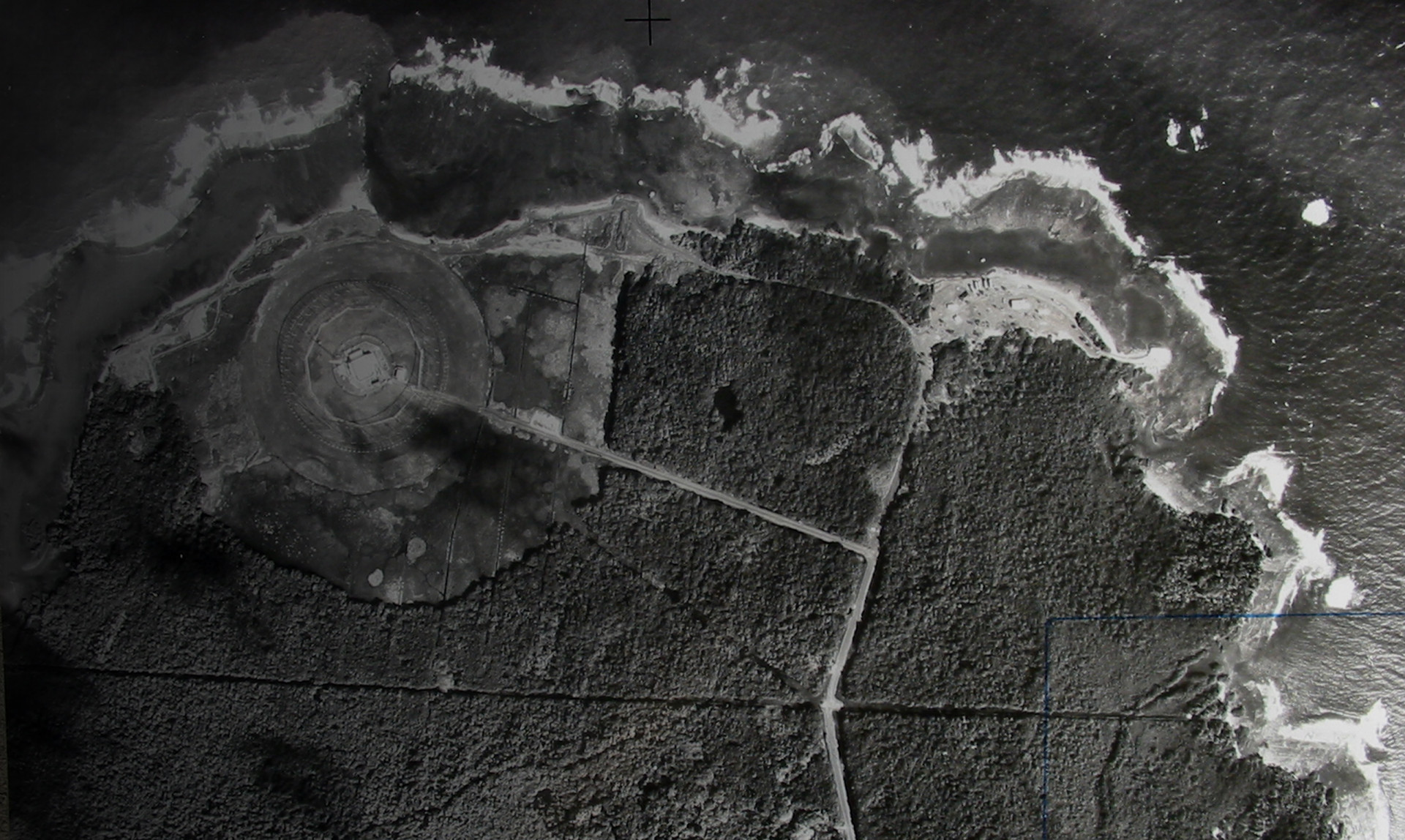
Punta Galeta was a U.S. military communications station during World War II and the Cold War.

In 1961, STRI directors Martin Moynihan and Ira Rubinoff request the U.S. military authorities to donate the Galeta facility to STRI for scientific research. A laboratory was established in 1964.

The breakup of the tanker Witwater spilled 14,000 barrels of diesel oil and Bunker C near Galeta. Eighteen years later, 75,000 barrels of crude oil spills was spilled near the station. Both accidents led to major studies on ecosystem impact and recovery from oil spills.

Environmental and marine education projects are launched for primary school and university students. Teacher training projects also begin, making Galeta station a focal point for spreading tropical science into Panamanian classrooms.
People
The team at Galeta helps keep scientific research projects on track and guides visitors around the site. The staff also hosts groups for regular teacher training courses.
Services and Resources
Galeta station provides quick access to mangroves, reefs and intertidal Caribbean environments. The site has resources to host school groups, and courses and workshops for teachers. The main building consists of offices, well-stocked library, kitchen, conference hall/classroom and a small laboratory. A dock provides access to sites for diving, snorkeling and exploring mangroves.
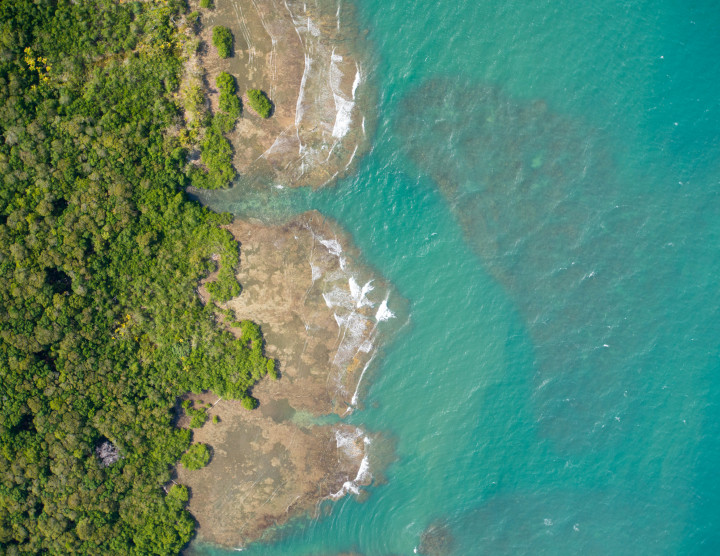
Physical Monitoring Program
Established in 1974 (and upgraded in 2005), the Galeta marine meteorological and oceanic monitoring program is STRI’s second oldest monitoring station (BCI is the oldest). The current monitoring system included a 10m tower located at the end of the Galeta Pier. The tower is used to monitoring rainfall, solar radiation, Temperature, Relative Humidity, Wind speed and direction. In addition, sea surface temperature is monitored at several locations at and near to the station.
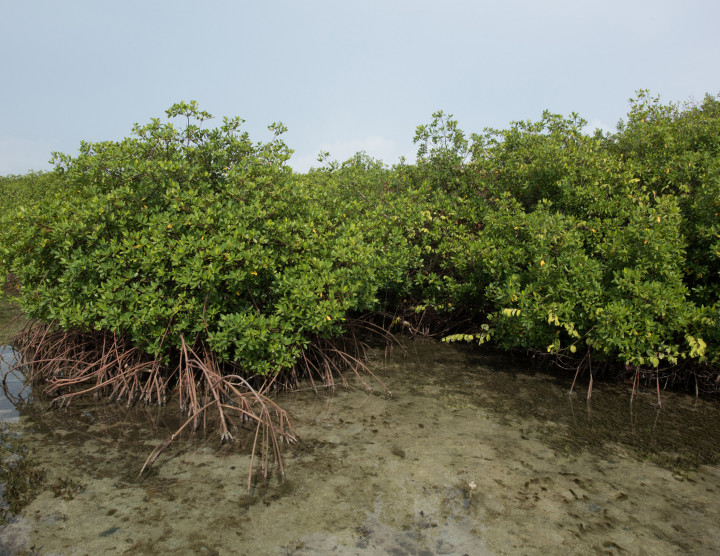
Laboratory and Equipment
Galeta’s recently renovated laboratory and seawater system and aquaria are designed for researchers to take full advantage of the lab’s seaside, mangrove-surrounded location. The lab also has computers and Internet. There is some general use equipment available for common use. Please contact the scientific coordination office for more information.
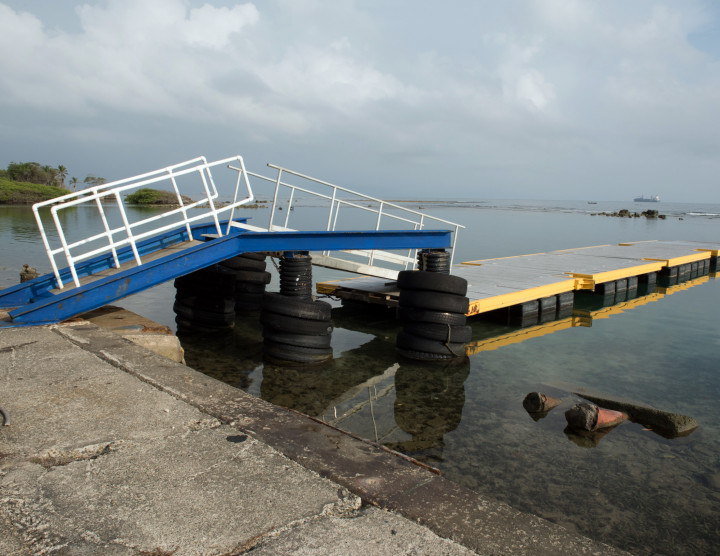
Research Vessels
Two boats with outboard motors allow researchers to access coral reefs, seagrasses and mangroves near the station. The boats also support research in the Smithsonian’s scientific diving program.
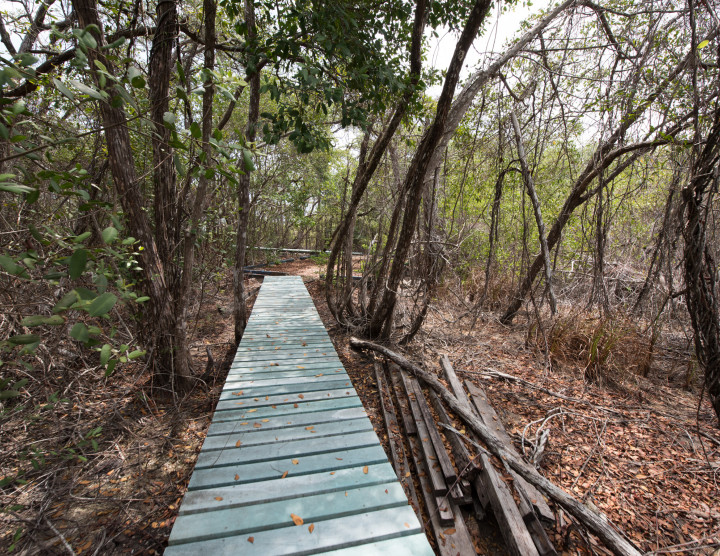
Nature Trails and Education Facilities
A boardwalk and nature trails takes visitors through the mangroves and surrounding forests. There are interpretive signage and exhibits. There is a large observation deck on the station’s roof, a large covered outdoor meeting area, and touch pools that offer temporary refuge to rescued sea turtles.
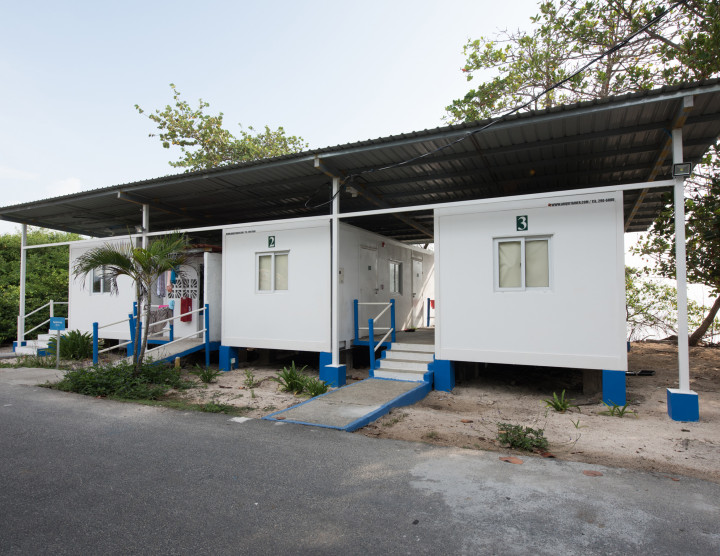
Accommodations
Galeta Field Station is located 80 km from the city of Panama. It offers 3 containers converted into shared rooms with capacity for 9 people. The station has a main kitchen, dining area, WiFi, and hot water. There is always a caretaker on site. For more information, please contact vsohousing@si.edu.
Maps and Directions
The Galeta Marine Laboratory is located on the Caribbean Coast of Panama, in the Province of Colón, about an 80 kilometer drive from Panama City.
From Panama City, drive to Colón on the Transisthmian Highway (Transístmica) or the toll road. Turn right at the intersection Cuatro Altos (Avenida Randolph). Go about four kilometers, until reaching a road where you will find a sign that welcomes you to Galeta Point. Drive for five more kilometers, and you will find the sign for STRI Galeta Marine Lab. A national park guard may charge an entry fee to the park, which is waived for people with valid STRI identification.
Contact Us
Visiting Scientists
For information and facilitation of research at Galeta please contact our scientific support staff.
Note: Punta Galeta Marine Laboratory is closed. We do not have an opening date at this moment.
For information related to logistics, housing and vehicles, please contact the visitor services office.
General Public
To visit Galeta on a guided tour, please contact.
Dr. Stanley Heckadon
Public Programs and Educational Program Coordinator
Emergencies
Report all emergencies to STRI security
